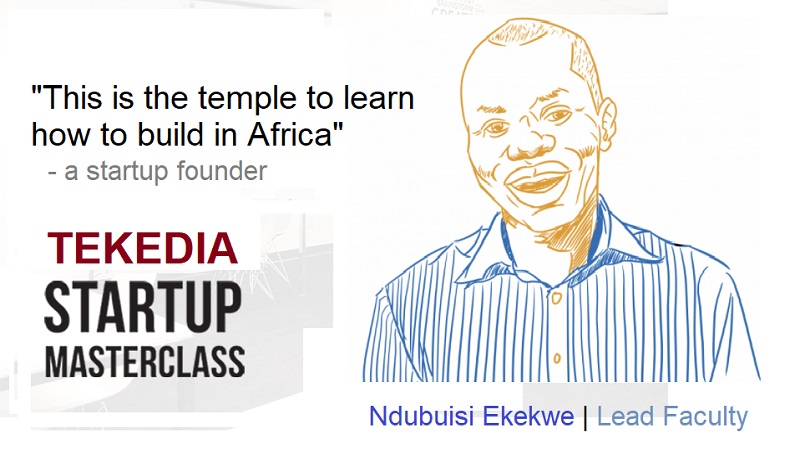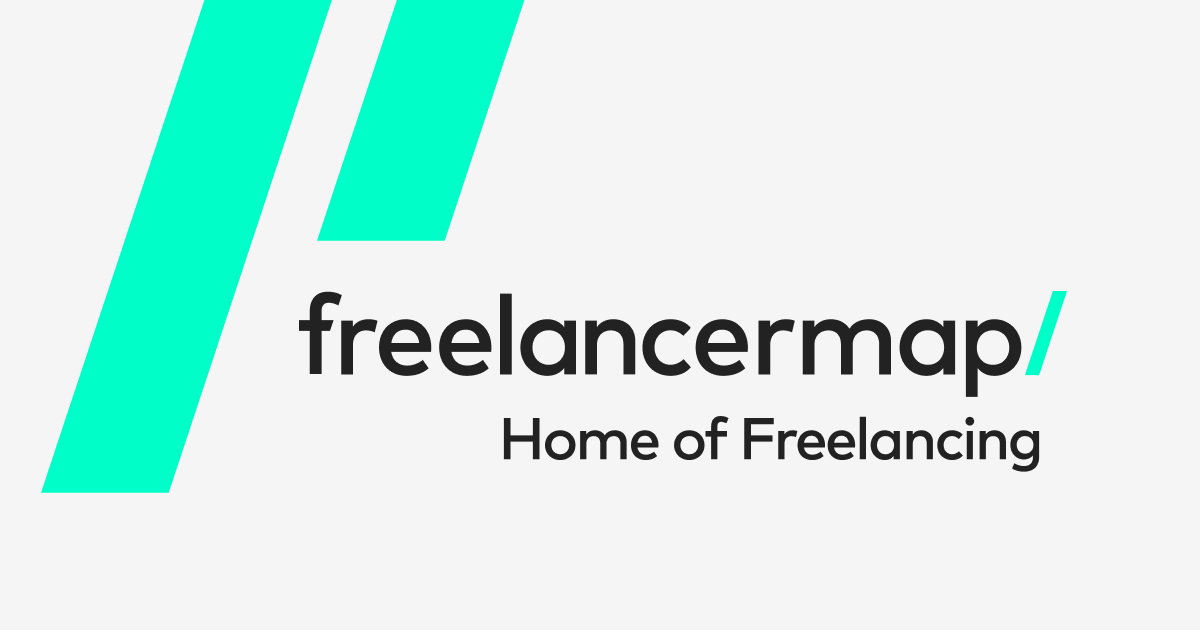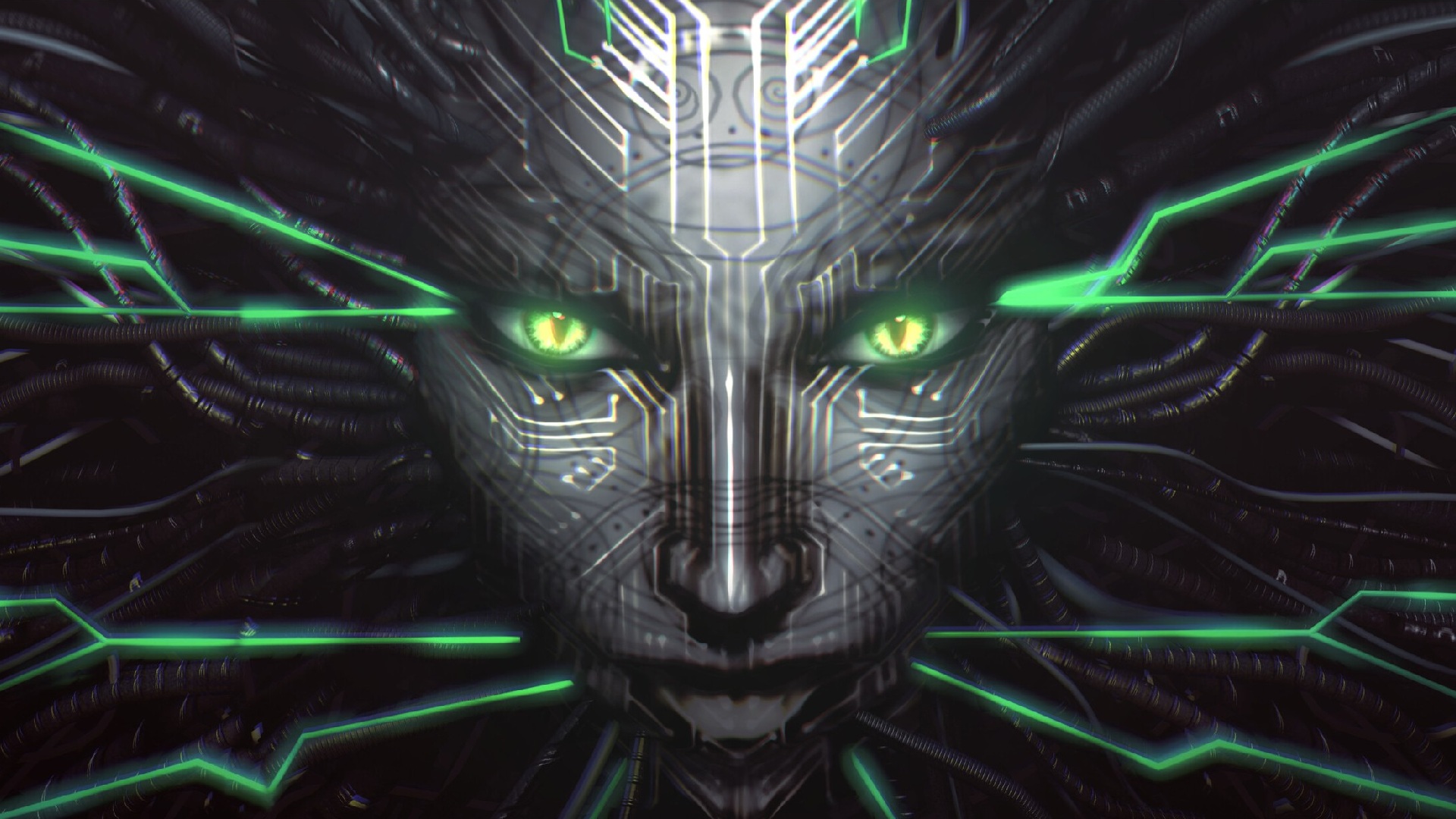"We Are Not In The Top 10 Semiconductor Companies Anymore:" Intel's CEO Lip-Bu Tan Acknowledges It's "Too Late" To Catch Up With AI Competition

Once the undisputed king of semiconductors, Intel now finds itself in a moment of crisis—one marked by stagnant innovation, lost market share, and internal reckonings.
In a leaked internal Q&A with employees this week, new CEO Lip-Bu Tan offered a rare, sobering assessment: “We are not in the top 10 semiconductor companies anymore.”
That candid statement, first reported by OregonTech, puts into sharp relief what many in the industry have already suspected: Intel is no longer a leader, but a legacy player struggling to find its footing in a hyper-competitive chip ecosystem dominated by rivals like Nvidia, AMD, Apple, TSMC, and Samsung.
Register for Tekedia Mini-MBA edition 18 (Sep 15 – Dec 6, 2025) today for early bird discounts. Do annual for access to Blucera.com.
Tekedia AI in Business Masterclass opens registrations.
Join Tekedia Capital Syndicate and co-invest in great global startups.
Register to become a better CEO or Director with Tekedia CEO & Director Program.
Tan’s admission underscores a multi-year unraveling of Intel’s dominance across virtually every sector it once controlled—desktop CPUs, data center processors, GPUs, fabrication, and even AI hardware.
Two decades ago, Intel commanded the computing world with x86 CPUs that left little room for competitors. But the company’s rigid reliance on in-house manufacturing and a slow response to emerging technologies allowed competitors like AMD to surge ahead. AMD’s Ryzen and EPYC architectures not only restored competition in consumer PCs and servers—but they also dethroned Intel in key markets.
Today, AMD powers flagship gaming consoles (PlayStation 5 and Xbox Series X), handheld devices like the Steam Deck, and has grabbed a meaningful chunk of the server CPU market once monopolized by Intel. Meanwhile, Apple’s transition to ARM-based silicon and the rise of AI-focused chipmakers like Nvidia further squeezed Intel’s once-dominant position.
Intel tried to modernize its CPUs with the big.LITTLE hybrid architecture in its recent Arrow Lake chips, mirroring ARM’s design philosophy, but the launch underwhelmed. The architecture failed to reverse AMD’s momentum and barely impacted the market. On the GPU front, the company’s Arc graphics cards came late and lacked the punch to challenge Nvidia or AMD’s dominance.
Intel’s internal foundries, once a cornerstone of its success, have turned into a liability. Years of delays and poor yields across its advanced nodes—10nm and 7nm especially—forced Intel to outsource key parts of its chip production to TSMC, the same company enabling its rivals’ success.
By 2025, Intel has reportedly outsourced 30% of its chip fabrication to TSMC, including the GPU tiles on Meteor Lake and the compute tiles for Lunar Lake. This strategic pivot—unthinkable for Intel just a few years ago—is an overdue acknowledgment that its foundry division is no longer world-class.
Now, rumors are swirling about Intel splitting its foundry operations into a separate entity, essentially transitioning into a fabless model like AMD, Apple, and Nvidia. If it happens, it would mark one of the most dramatic reversals in the company’s century-long history.
While AI has emerged as the defining trend of this generation—supercharged by the global embrace of ChatGPT and large language models—Intel has watched from the sidelines. It failed to capitalize on the early AI wave, ceding virtually the entire training market to Nvidia, whose data center GPUs now power the AI backbone of the modern internet.
“On training, I think it is too late for us,” Tan admitted during the employee meeting.
Instead, he’s pinning Intel’s AI hopes on edge computing and agentic AI—AI systems embedded in consumer and industrial devices capable of acting autonomously without constant cloud access. While these fields are still developing, Tan sees them as Intel’s chance to re-enter the game from a different angle. He promised more AI-focused hires were coming, saying: “Stay tuned. A few more people are coming on board.”
Intel has already begun aggressive cost-cutting, including thousands of layoffs worldwide. The company reported a $16 billion loss in Q3 2024, largely due to ballooning R&D costs tied to its lagging manufacturing roadmap.
Tan, who replaced Pat Gelsinger last year amid boardroom frustrations, is said to be pursuing a leaner, more focused Intel, ditching the shotgun approach of trying to be everywhere at once.
“Intel’s resurrection has to be a marathon,” Tan reportedly told employees. “We have to be humble. We need to listen to what the market is telling us.”
Perhaps no example better captures Intel’s fall than the fact that it once considered acquiring Nvidia for $20 billion. That was before Nvidia’s meteoric rise. Today, Nvidia’s market capitalization has surpassed $4 trillion, becoming the most valuable publicly traded company in the world—and a titan that defines the AI era.
In contrast, Intel is stuck cleaning up after billions of dollars wasted on refineries, flawed CPU architectures, and missed AI opportunities. Even its once-proud server dominance is gone—EPYC now leads the conversation.
With its 18A node still at least a year away and uncertain prospects in AI and servers, Intel’s road to recovery looks steep. The company is no longer the North Star of semiconductors—it’s a challenger in the industry it once built.
Lip-Bu Tan’s honesty may be a refreshing change from years of denial, but rebuilding Intel’s credibility will take more than humility. It will require bold restructuring, laser-focused execution, and a willingness to shed legacy burdens.
Currently, Intel finds itself on the defensive, while its rivals dictate the future of computing. Whether it can reinvent itself as a nimble, AI-focused powerhouse or continue to drift into irrelevance is a question only time—and Tan’s strategy—will answer.
You may also like...
Diddy's Legal Troubles & Racketeering Trial

Music mogul Sean 'Diddy' Combs was acquitted of sex trafficking and racketeering charges but convicted on transportation...
Thomas Partey Faces Rape & Sexual Assault Charges

Former Arsenal midfielder Thomas Partey has been formally charged with multiple counts of rape and sexual assault by UK ...
Nigeria Universities Changes Admission Policies

JAMB has clarified its admission policies, rectifying a student's status, reiterating the necessity of its Central Admis...
Ghana's Economic Reforms & Gold Sector Initiatives

Ghana is undertaking a comprehensive economic overhaul with President John Dramani Mahama's 24-Hour Economy and Accelera...
WAFCON 2024 African Women's Football Tournament

The 2024 Women's Africa Cup of Nations opened with thrilling matches, seeing Nigeria's Super Falcons secure a dominant 3...
Emergence & Dynamics of Nigeria's ADC Coalition

A new opposition coalition, led by the African Democratic Congress (ADC), is emerging to challenge President Bola Ahmed ...
Demise of Olubadan of Ibadanland
Oba Owolabi Olakulehin, the 43rd Olubadan of Ibadanland, has died at 90, concluding a life of distinguished service in t...
Death of Nigerian Goalkeeping Legend Peter Rufai

Nigerian football mourns the death of legendary Super Eagles goalkeeper Peter Rufai, who passed away at 61. Known as 'Do...





